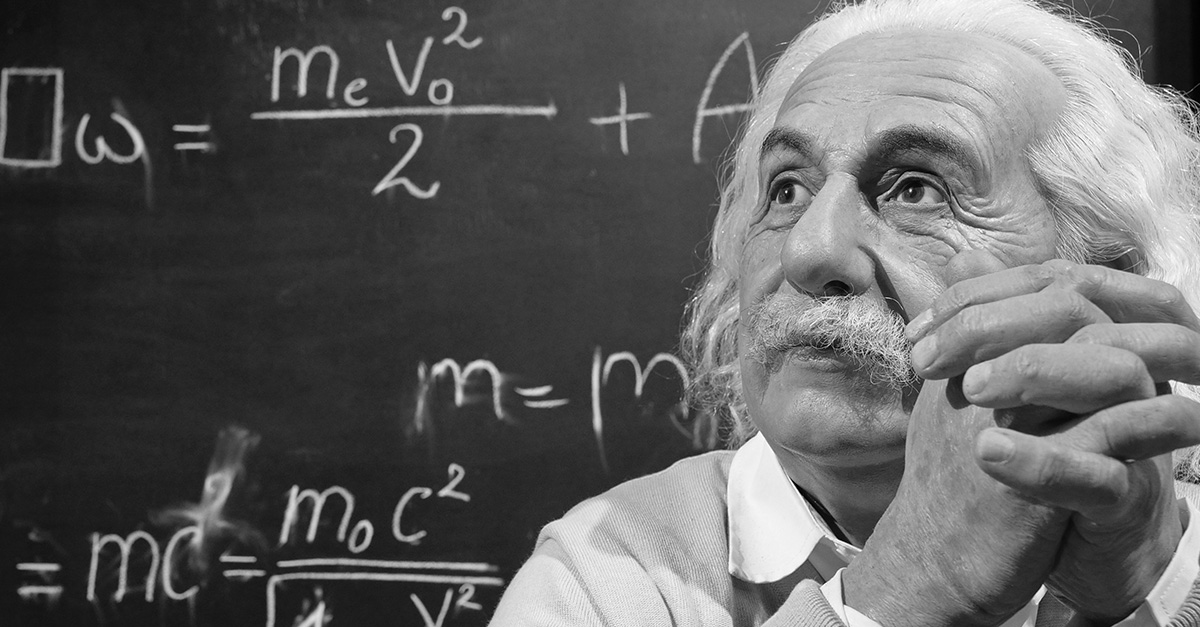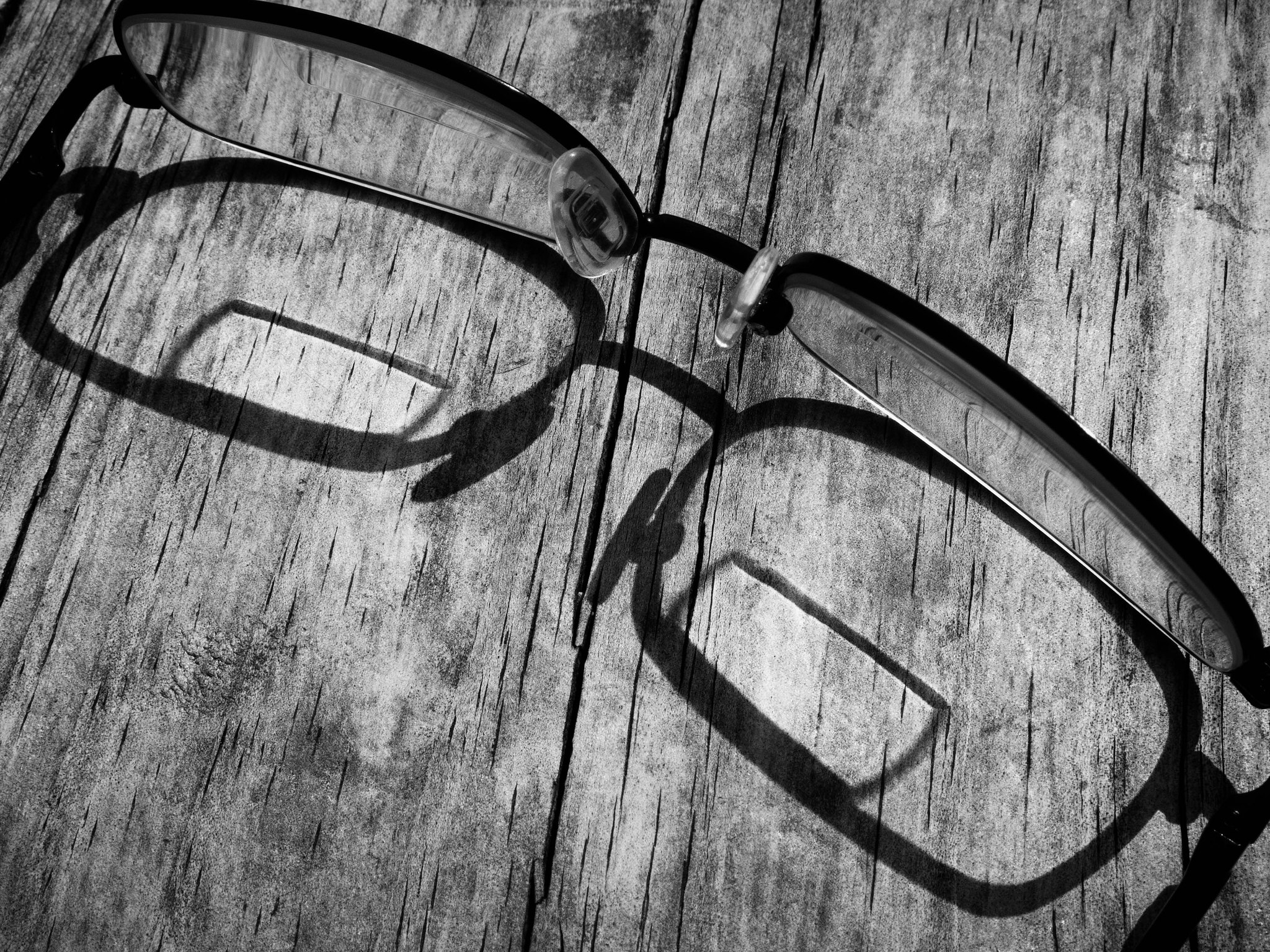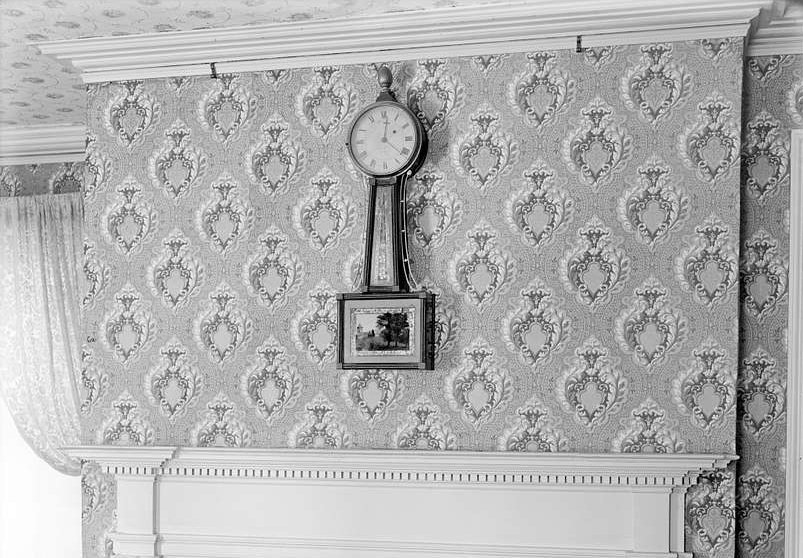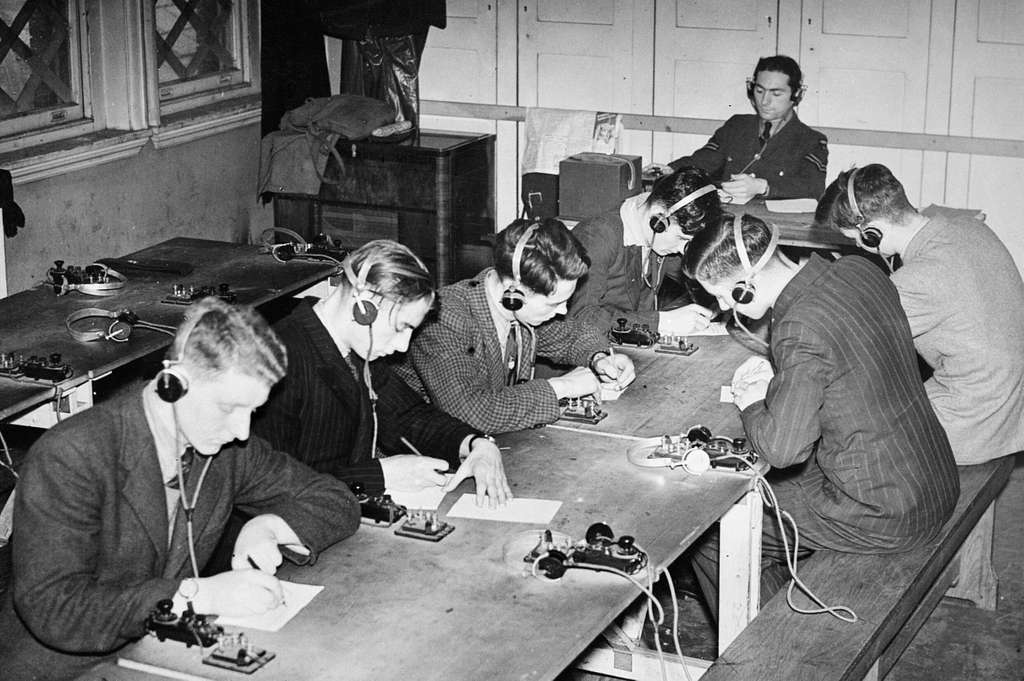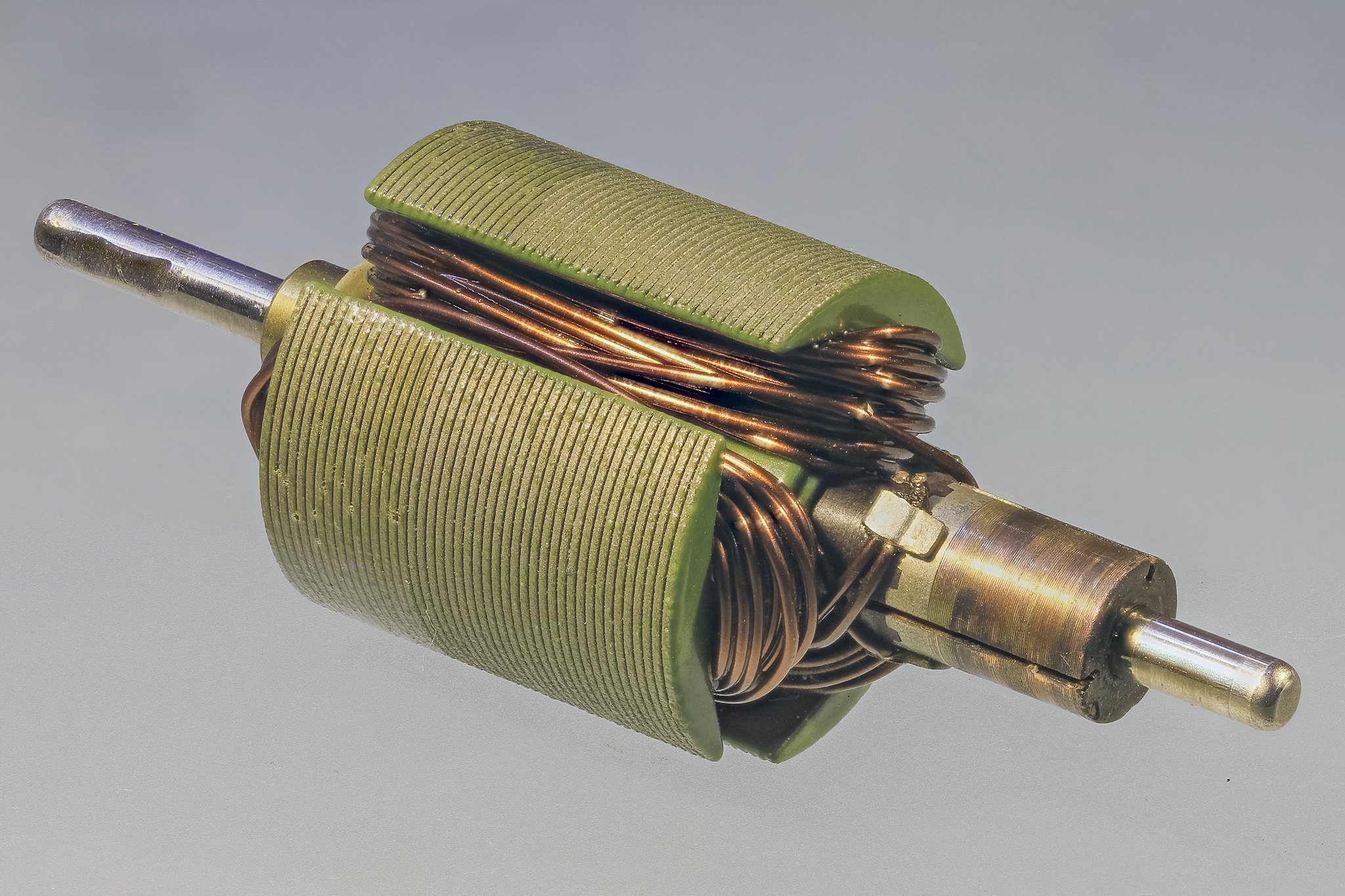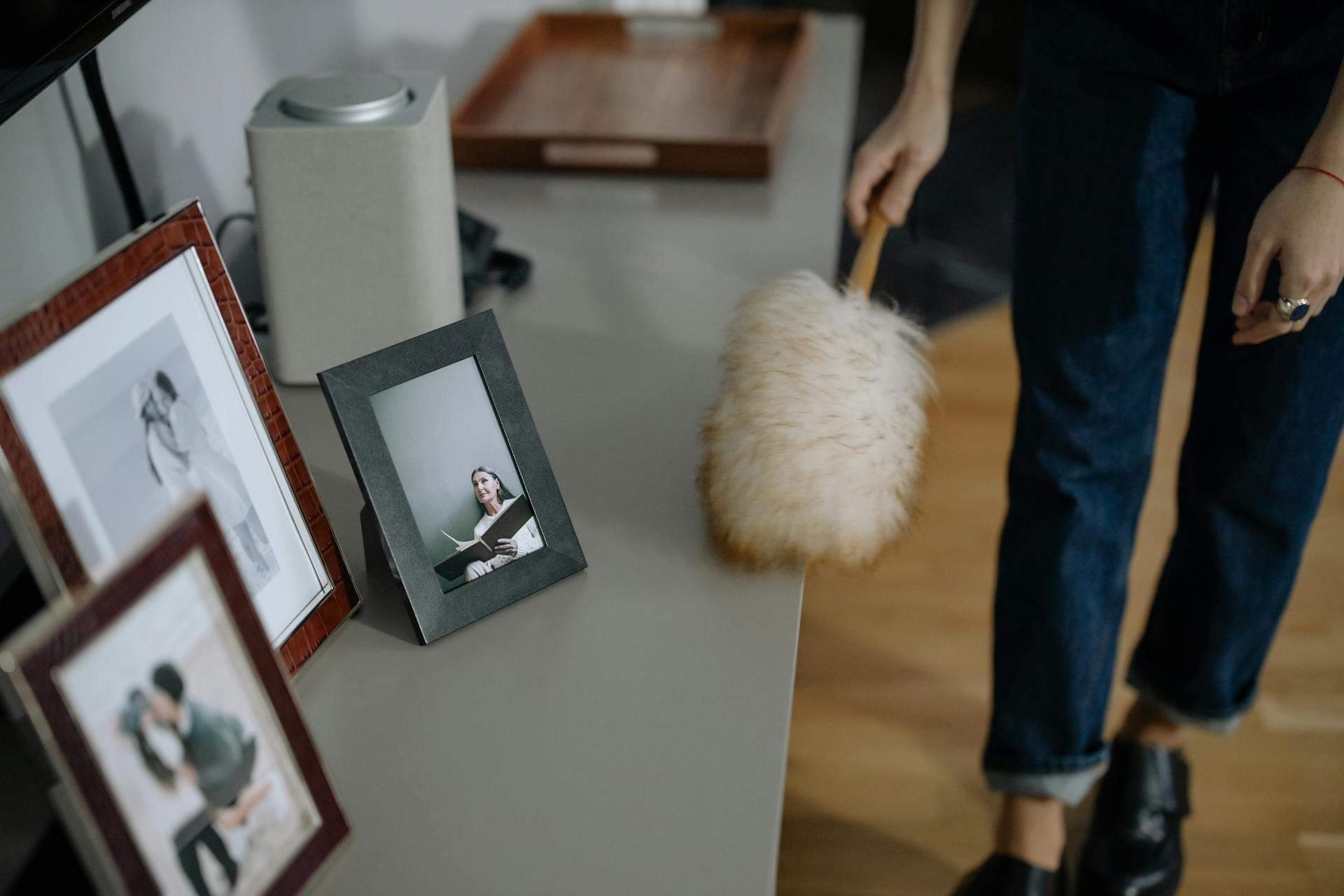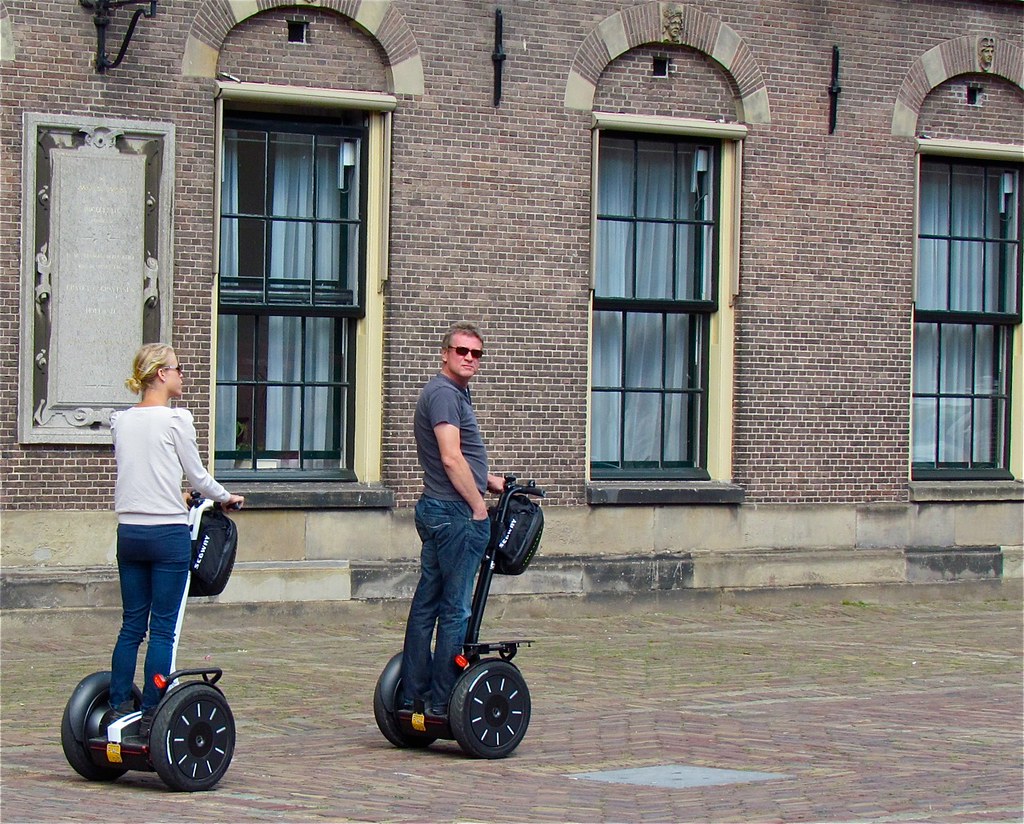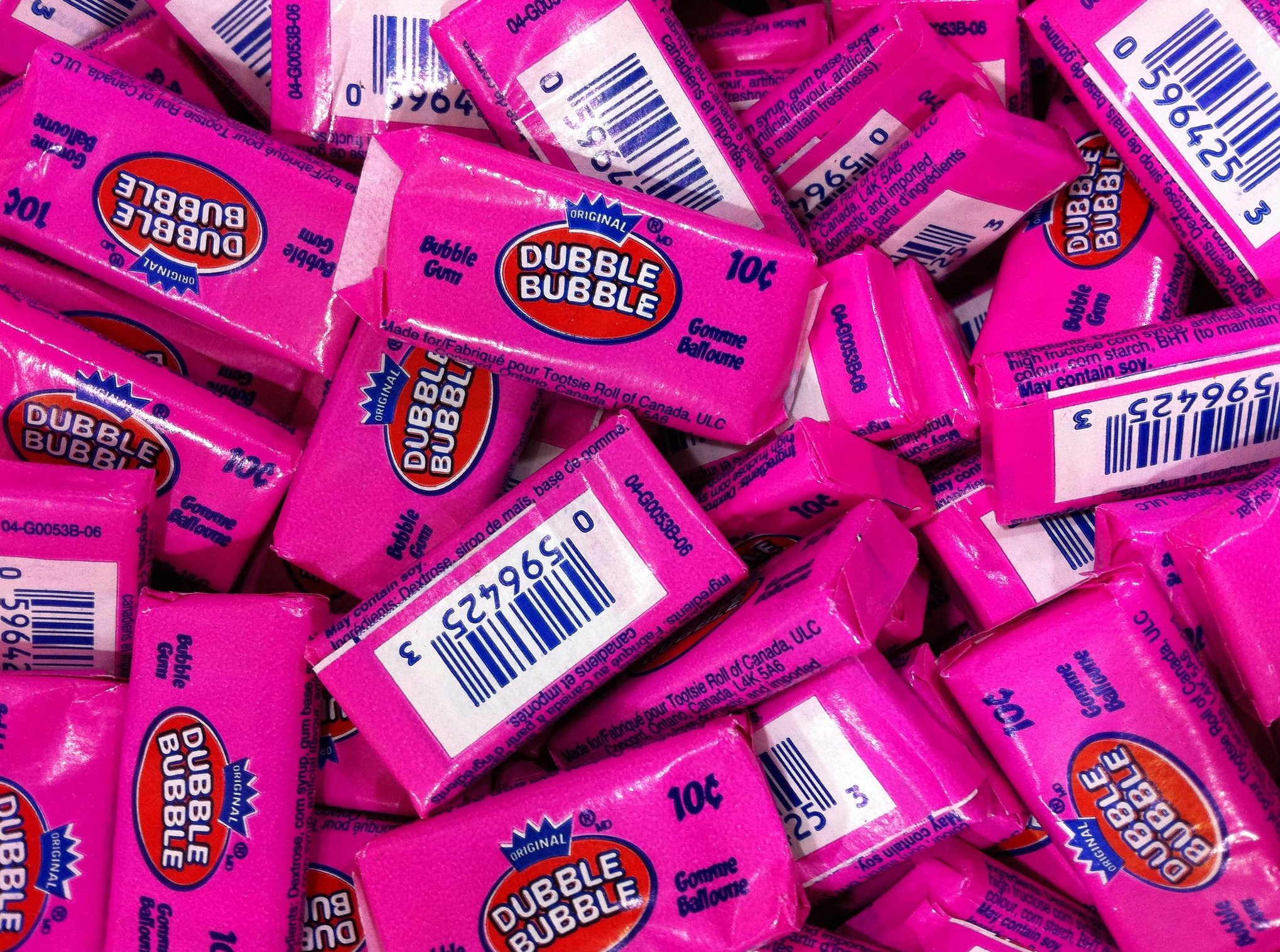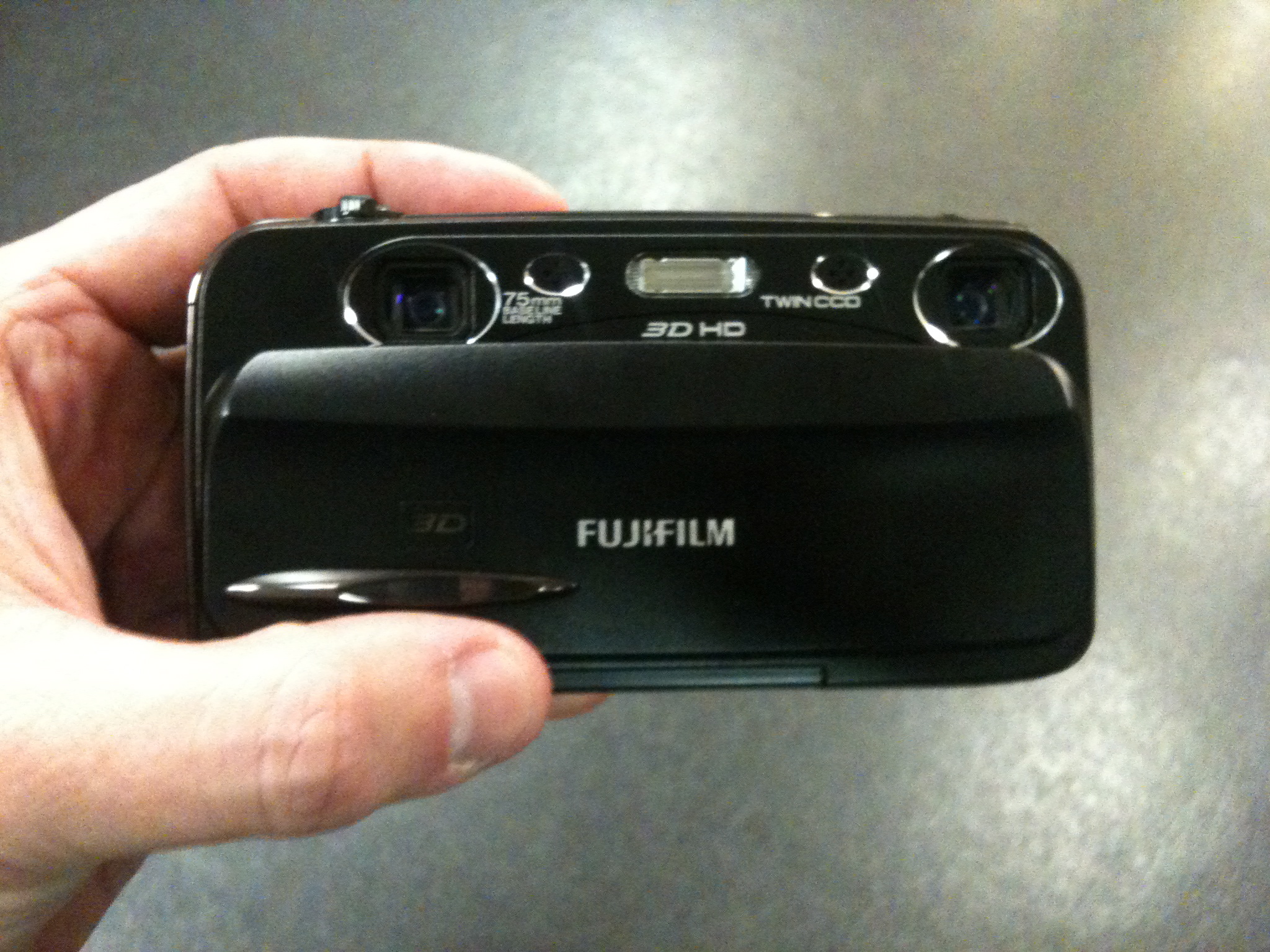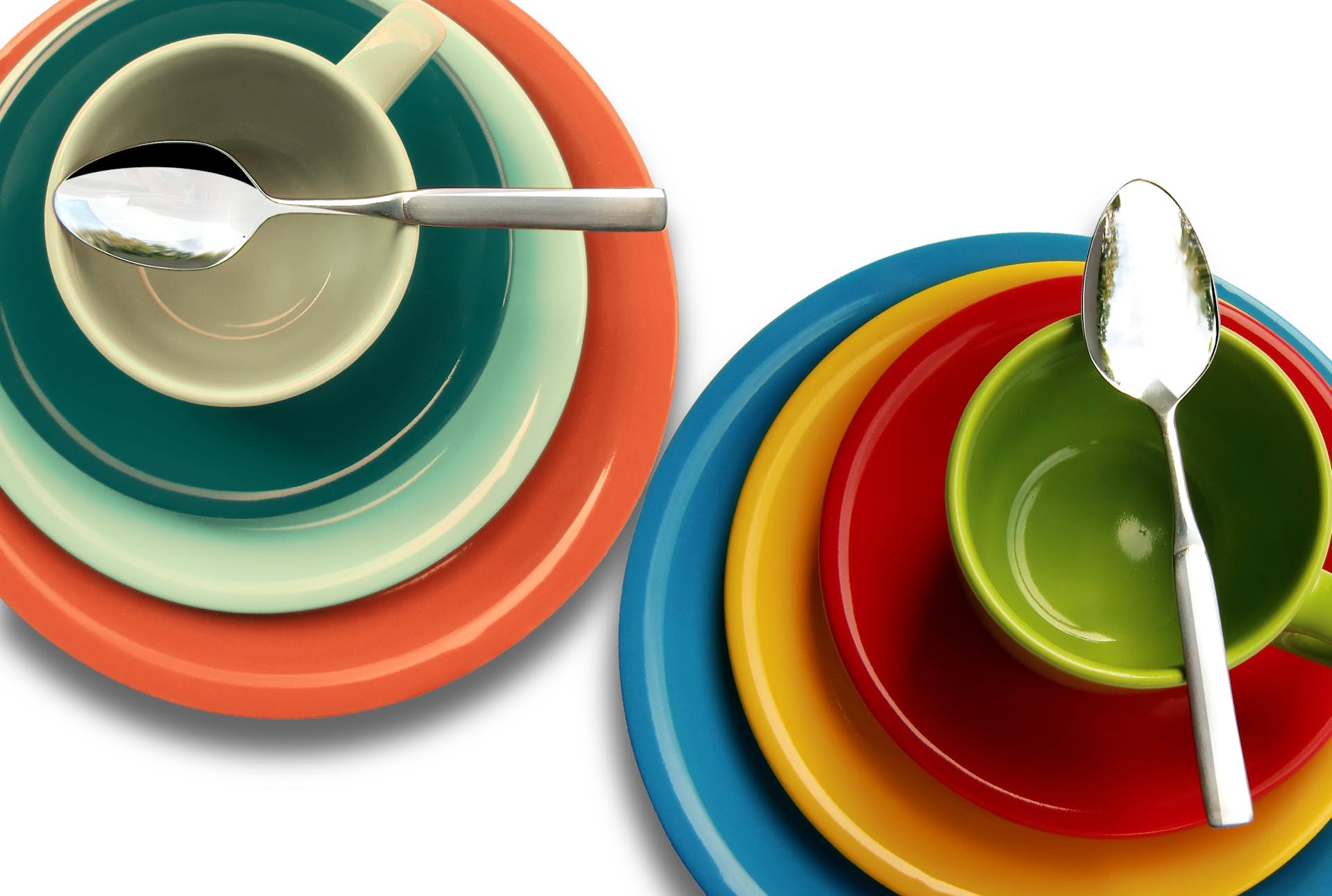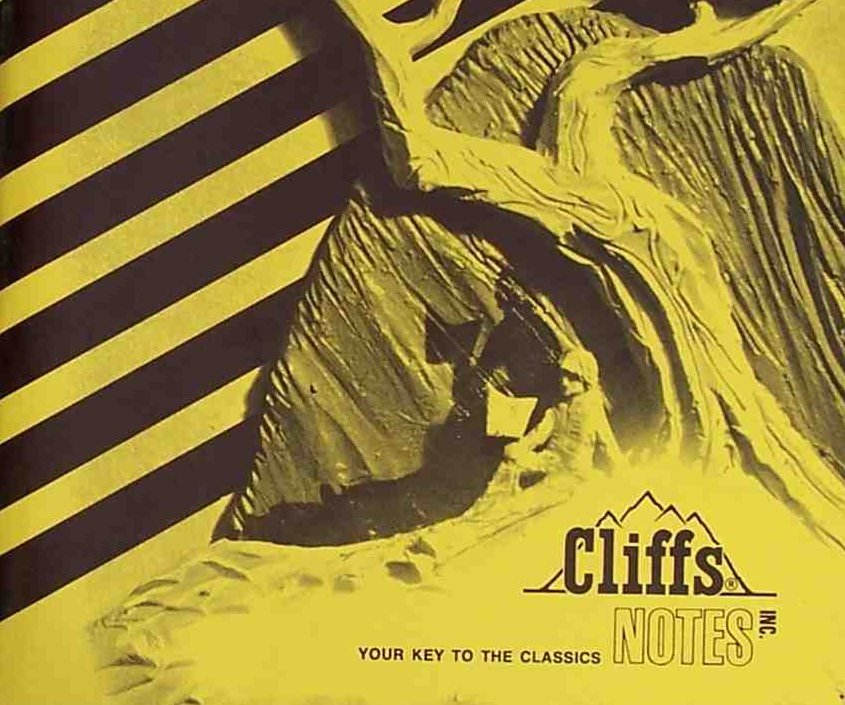Things You Didn't Realize Were American Inventions
Americans are responsible for some of the world's most life-saving medicine, the world's most interconnecting technology, and inventions that revolutionized almost every industry on the planet. From the airplane to the lightbulb and everything in between, here are some inventions that you may not have realized were American.
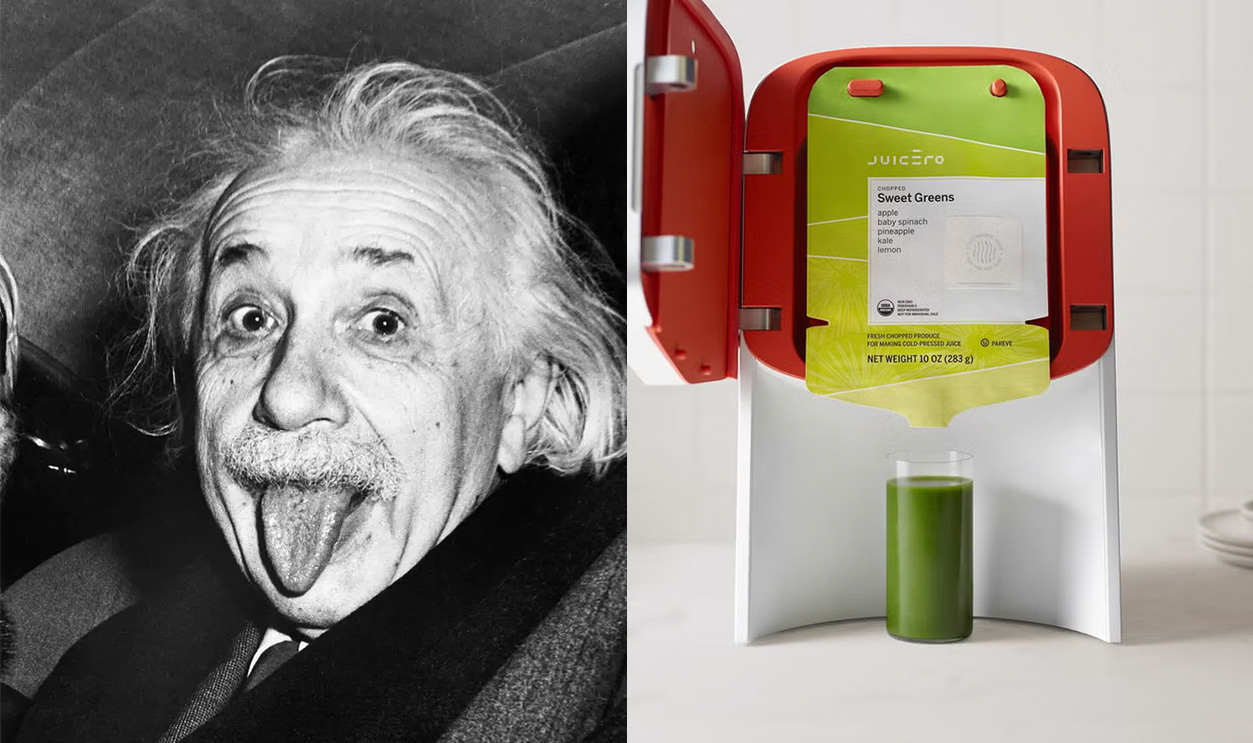
Smoke Detectors
As every firefighter will tell you, smoke detectors are life-saving devices. Whether yours is hard-wired into your electrical system, or operates solely off a battery (or has a combination of both), the smoke detector is an American invention. It was invented by Francis Robbins Upton in 1890 and (hilariously) labeled as a "Portable Electric Tire-Alarm" on the patent, probably due to a typo.
 Tumi-1983, CC BY-SA 3.0, Wikimedia Commons
Tumi-1983, CC BY-SA 3.0, Wikimedia Commons
The Ferris Wheel
While the London Eye may be among the world's most famous Ferris wheels, the invention of the spinning wheel on-high was actually invented in the United States, in 1891 by George Washington Gale Ferris Jr. Luckily, he chose the right part of his name to give to his invention. The original Ferris wheel is referred to as the "Chicago Wheel" and was unveiled in 1893.
 Shanmugamp7, CC BY-SA 4.0, Wikimedia Commons
Shanmugamp7, CC BY-SA 4.0, Wikimedia Commons
The Stop Sign
Have you ever wondered where those great big, red octagonal signs come from? It turns out, it was invented in 1890, along with the first set of traffic laws, by a man named William Phelps Eno of Connecticut, who published the idea of a stop sign in a Rider and Driver article. But, the actual sign was not adopted until 1915, when officials in Detroit installed a black-letter/white-background "STOP" sign.
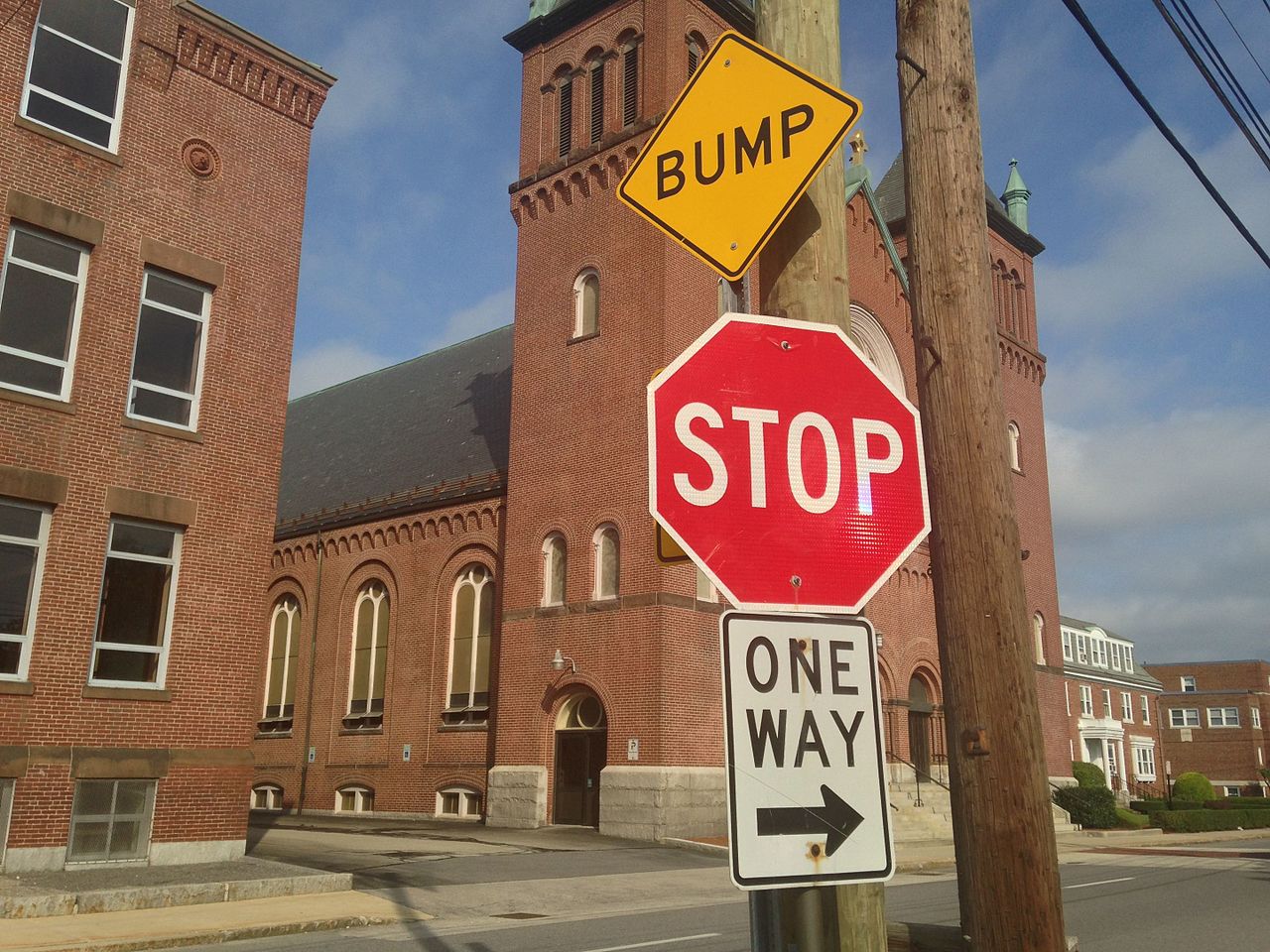 MarkBuckawicki, CC0, Wikimedia Commons
MarkBuckawicki, CC0, Wikimedia Commons
Schrader Valves
That thing you pump air through on your bicycle tire? Unless you're using a 700cc tire, it's called a Schrader valve. It was developed in 1891 by father/son duo George and August Schrader, a pair of German-American immigrants to the United States. They patented the valve in 1893.
 A7N8X, CC BY-SA 3.0, Wikimedia Commons
A7N8X, CC BY-SA 3.0, Wikimedia Commons
Swim Fins
It may shock you to find out that the flippers you use to swim with today were invented in 1717 as wooden flippers, by none other than Benjamin Franklin, at the age of just 11. Franklin's invention was originally intended to use on a person's hands. Although patenting wasn't a thing in 1717, Franklin is acknowledged as the inventor and was posthumously granted a place in the International Swimming Hall Of Fame.
Bifocals
Glasses, you say? Yep! It's another American invention by Benjamin Franklin. Known as "double spectacles" in the early 1760s, Franklin's bifocals contained two different regions of glass that performed different optical functions. Benny was a busy boy when he wasn't revolting against King George.
Dental Floss
While "dental floss" wasn't called that back in 1815, an American dentist by the name of Levi Spear Parmly is credited with inventing dental floss by telling patients they should clean their teeth using threads of silk.
Electric Doorbell
Obviously bothered by knocking, or the annoying sound of a manual bell, or tired of taking the skin off his knuckles, Joseph Henry of Albany, New York invented a doorbell that could be rung at a distance via an electric wire in 1831. He was also the 1st Secretary of the Smithsonian Institute in 1846.

History's most fascinating stories and darkest secrets, delivered to your inbox daily.
Postcard
The humble postcard, a rectangular piece of card that could be written on and was originally adorned with a small rectangular border, bearing the name "Lipman's Post Card". Lipman's Post Card was actually invented by a man named John P Charlton, of Philadelphia, but the patent was later transferred to Hymen Lipman.
Paper Clip
Before being replaced as a paper-organizer by a stapler, the paperclip was our faithful servant for many years. It was even a moderately-annoying but humorous character on Microsoft Word. It was invented in 1867 by Samuel Fay, who lodged the first patent application for a bent-wire paperclip.
Earmuffs
Made for cold ears in the winter, earmuffs were first invented by Chester Greenwood in 1873 by bending a piece of wire to make loops on each end, then having his grandmother cover the loops in beaver fur. Thus, the first earmuffs were born. I bet they were a darn sight warmer than today's synthetic earmuffs.
 Garry Knight, CC BY 2.0, Wikimedia Commons
Garry Knight, CC BY 2.0, Wikimedia Commons
Spork
Every hiker's favorite portmanteau: the spork. Originally invented by American hiker Samuel W Francis in 1874, the spork has long been an essential part of every hiker's eating utensil kit. The beauty of it is you can use it to eat anything and everything.
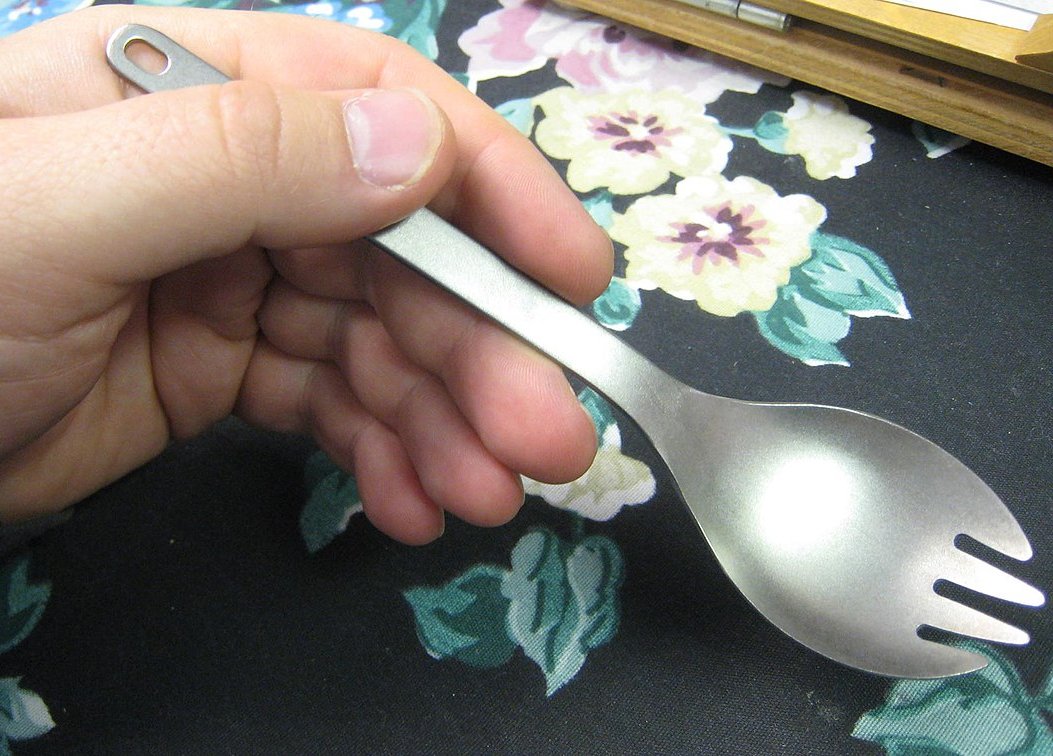 Jason L. Gohlke, CC BY-SA 3.0, Wikimedia Commons
Jason L. Gohlke, CC BY-SA 3.0, Wikimedia Commons
QWERTY Typing Layout
Look down at your keyboard—see that first row of letters in the top-right? They might as well spell "AMERICAN", because the American inventor Christopher Sholes invented the QWERTY keyboard layout in 1874 for typewriters. Typists can fight about which variants of QWERTY are best in the comments section.
 MichaelMaggs, CC BY-SA 3.0, Wikimedia Commons
MichaelMaggs, CC BY-SA 3.0, Wikimedia Commons
Cracker (Biscuit)
The humble American cracker stems from a recipe published by John Pearson of Newburyport, Massachusetts. He invented a bread product using just flour and water, calling it "pilot bread", developed from ship's biscuits. Today, they're one of the most popular additions to charcuterie boards across the country. Not to be confused with a graham cracker.
 Fumikas Sagisavas, CC0, Wikimedia Commons
Fumikas Sagisavas, CC0, Wikimedia Commons
Banjo Clock
Banjo clocks are often ornamental clocks in the shape of a banjo case. It (normally) lacks a striking mechanism and only tells time by its hands. It also includes a finial atop the clock. Horologists in the comments can fight about whether it's a "clock" or a "timepiece". It was invented in 1802 by Simon Willard of Roxbury, Massachusetts.
Coffee Percolator
The man that gave us a way to percolate coffee was an American—Benjamin Thomson Rumford invented a percolating coffee pot in 1806, with a metal strainer to get rids of the beans. A hero, if you ask me.
Morse Code
The infamous communication method known as Morse code was invented by two Americans: Samuel Morse and Alfred Vail in 1832, using the alphabet as a blueprint for the code. American Morse code was standard in the 1840s, which differs slightly from International Morse code, created by Friederich Clemens Gerke in 1848.
Direct Current Electric Motor
The DC electric motor was developed in 1834 by Thomas Davenport of Vermont, who invented a direct-current electric motor to power a number of electrical devices. He patented the first electric motor in 1837 and its prototype is still on display at the Smithsonian today.
License Plate Tabs
That's right, North Americans have Lennard Milo Mennes of South Dakota to thank for this pricey little invention. Prior to the license plate tab and the notion of a license plate expiry being multi-year, people had to buy a whole new license plate annually. So, really, Mr Mennes has saved you money every year.
Denim Jeans
While working in canvas sales during the 1850s in San Francisco, one Levi Strauss observed that the Gold Rush workers' pants couldn't withstand the rigors of the job, so he stitched together two canvas bags to create a pair of pants and the precursor to "the denim jean" was born. He dyed canvases blue to better conceal stains and voila, Levi's jeans were invented.
Frisbee
A frisbee is what happens when a UFO enthusiast and a pie maker put their heads together. William Frisbie's pies were often sold in circular tins bearing the family name, and loved by college students as a delicious pie and then as a vessel to throw around between each other. Meanwhile, Walter Frederick's fascination with UFOs turned to designing his own toy flying saucer. Frederick's design would be bought by Californian company Wham-O, who renamed them "Frisbees".
Feather Duster
Using leftover turkey feathers attached to a wooden dowel handle, Susan Hibbard was the inventor of the feather duster. But she faced stiff competition from her own husband, George. He argued that the invention was his, at a time when most women would give over their inventions to their husbands. The two even went to patent court over the issue and Susan was awarded the patent in 1874. Whether their marriage survived the dust-up, we don't know.
The Blood Bank
Created by Charles R Drew, blood banks began in the early 1940s when Dr Drew was recruited by John Scudder, a developer of the Plasma For Britain program during World War II. Drew devised a way to safely store blood products and began running a series of blood transfusion clinics to send plasma to British soldiers from the United States. If you've not given blood yet, please do and thank Charles Drew while you're at it.
The Garage Door Opener
Ever had to freeze your fingers off to pry up your garage door to get it open? Probably. If so, get yourself a remote garage door opener. It was invented in 1926 by Hartford City, Indiana resident CG Johnson, who, presumably, had grown tired of freezing his fingers off.
 Oleg Alexandrov, Wikimedia Commons
Oleg Alexandrov, Wikimedia Commons
Segway PT
You may have seen folks zooming about on these zero-emission, self-levelling death traps—I mean, Segway "Personal Transport" devices. They were originally invented in 1994 by Dean Kamen, but not introduced to the public until 2001.
Bubble Gum
In 1928, whilst working as accountant for Fleer Chewing Gum Company in Philadelphia, Walter Diemer invented the recipe for bubble gum by combining ingredients from existing recipes and eventually found a gum that was less sticky and more easily stretched than traditional gum.
3D Camera
Containing two lenses, set about as far apart as the human eye, the 3D camera was released by Fujifilm in 2009 as the Fujifilm FinePix Real 3D. Its camera was 10 megapixels and it was invented by Japanese engineer Mikio Watanabe.
AeroPress
Another coffee connoisseur and caffeine-lover hero is Alan Adler, who invented the AeroPress in 2005. Dissatisfied with other coffee-brewing methods, Adler invented the cylindrical syringe-style device and launched it in November of 2005.
Dishmaker
Wait... something that makes dishes for you? Well, yes and no. Otherwise known as a "personal fabrication interface," this machine used thermoforming to create cups, bowls, and plates from acrylic. It was developed by Leonardo Bonnani from MIT in the mid-2000s and was about the size of a dishwasher. It was not a commercial success, can't think why...
Blender
Initially created in 1919 by Stephen Poplawski, it was first introduced in 1922 as a drinks mixer, but renamed the "liquefier blender". In the UK, the term "liquefier" is most commonly used. It wasn't popularized until the 1940s, when Fred Waring, a musician, popularized the smoothie, which was made using the "liquefier blender".
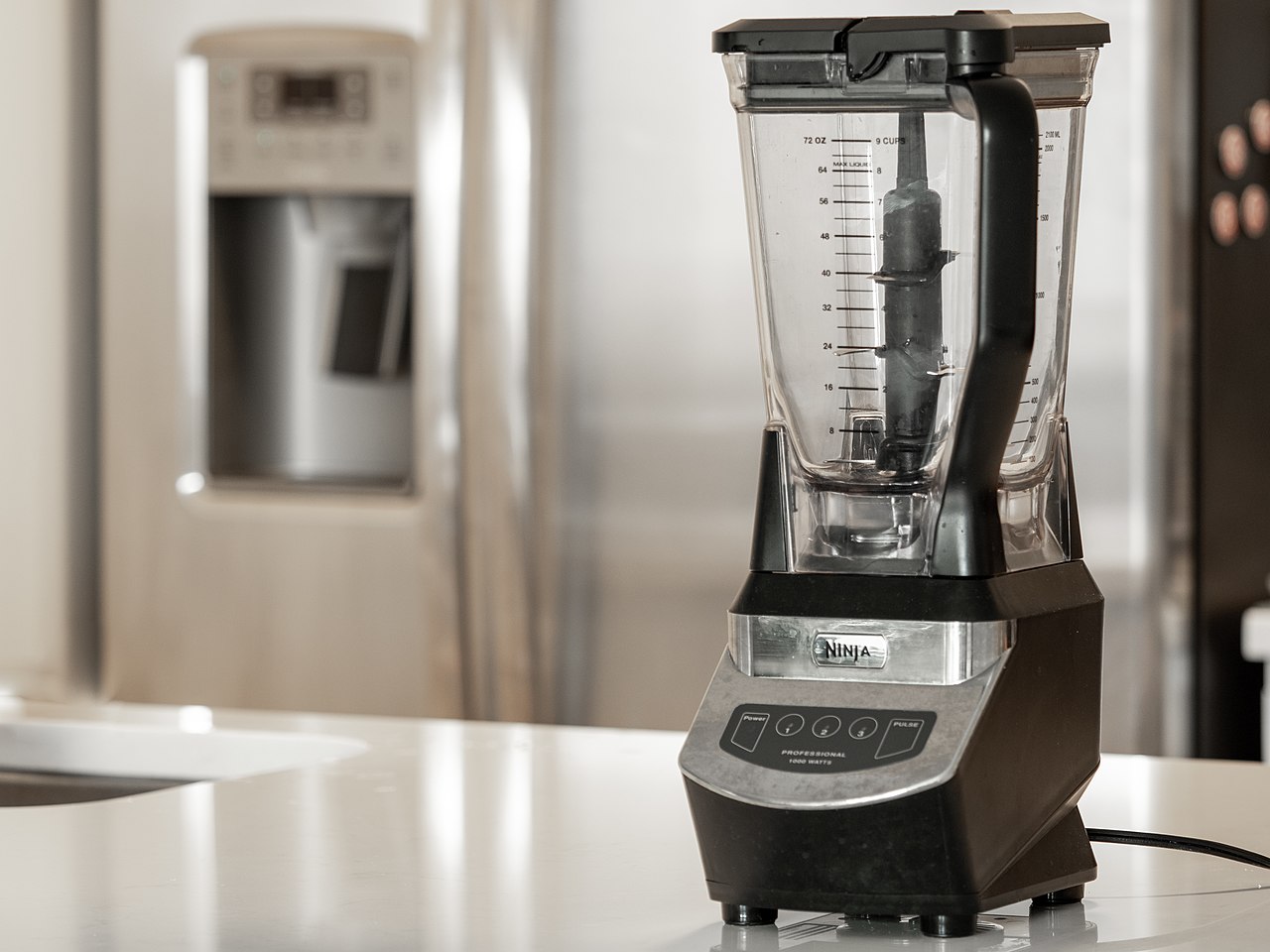 Ajay Suresh, CC BY 2.0, Wikimedia Commons
Ajay Suresh, CC BY 2.0, Wikimedia Commons
Richter Scale
The Richter Scale measures the severity of an earthquake by measuring the amount that the ground shakes, ranging from one to 10. It was invented in 1935 by American seismologist Charles Richter, based on a paper he'd written describing the "magnitude scale".
Paintball
What could be more fun than running around the woods, shooting at your friends without any danger of being seriously injured? Well, New Hampshire locals Hayes Noel and Charles Gaines wanted to find out. So, in 1981, they used paintball to settle a debate between them about whether a city man would have the skills to survive in the wild. The two chanced upon an ad for a paint gun (first developed in 1961) by the Nelson Paint Company, and paintball was born.
Heart Monitor
Norman Holter of Montana developed the heart rate monitor in 1962, as a portable unit that kept track of the heart's rhythm using a wearable device with attachable electrodes. The device can monitor the heart for more than 24 hours, and show information about the heart's rhythm that's not visible on an electrocardiogram.
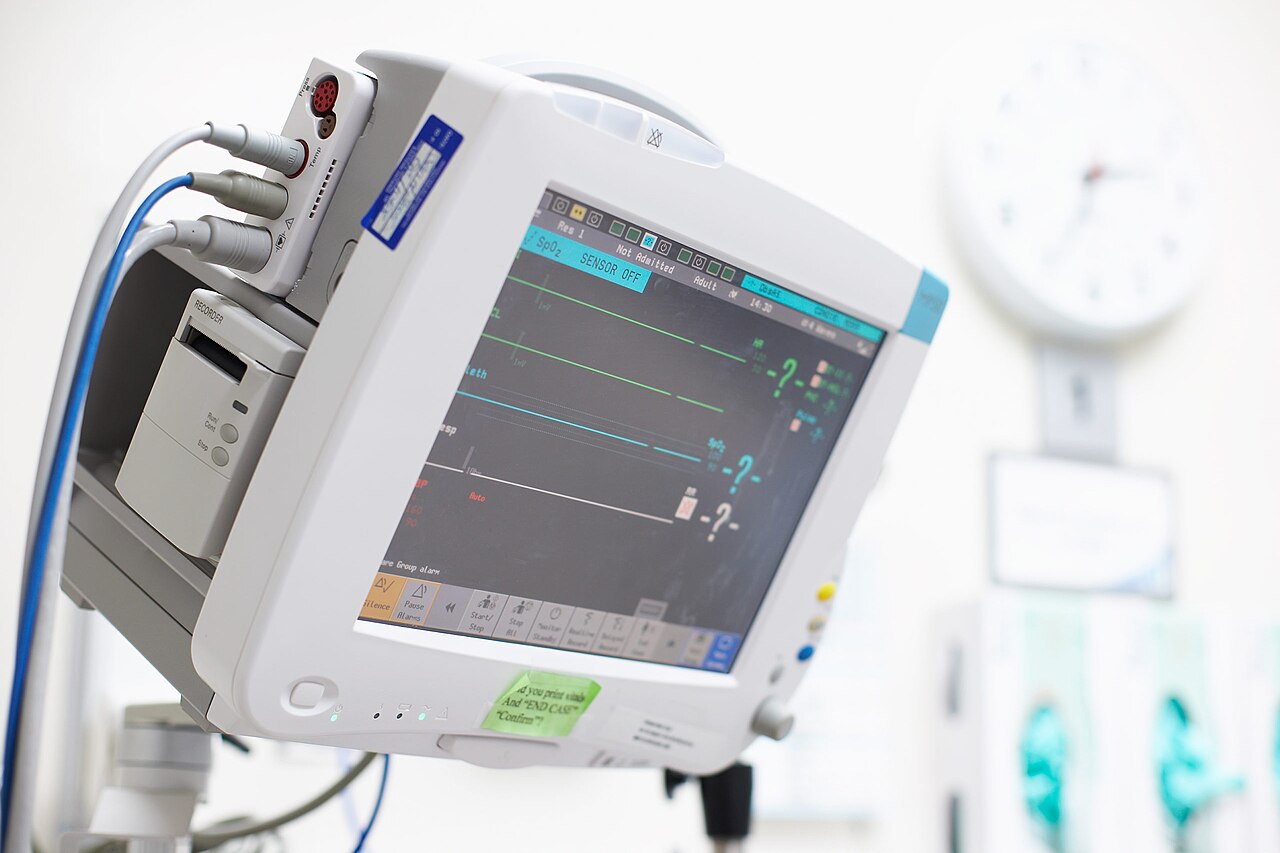 Naula Ayisabun Aningore, CC0, Wikimedia Commons
Naula Ayisabun Aningore, CC0, Wikimedia Commons
The Microwave Oven
Maine's main invention? The microwave oven. If you can't imagine your kitchen without one, you have Percy Spencer of Maine to thank. Spencer was working for Raytheon at the time, building magnetrons, when he noticed that a candy bar in his pocket had melted. Experimenting with the magnetron, he began cooking food near it. He went on to create the first magnetron in 1945 and Raytheon filed the patent.
Outdoor Advertising
In 1891, the Mail Pouch Tobacco Company created the Chew Mail Pouch advertisement that read, "treat yourself to the best". This was painted on the outside of a barn. By the 1960s, over 20,000 barns across the country had been emblazoned with this slogan. Thus, the company paved the way for other outdoor advertising due to the success of their campaign.
Cliffs Notes
Invented by Clifton Hillegass in 1958, whilst working for the Nebraska Book Company, Cliffs Notes are a summarized study guide for students. The Nebraska Book Company bought the rights from Hillegass to these guides. They ended up selling millions of guides per year.
The Helicopter
It was invented in 1909 in Goodland, Kansas by William Purvis and Charles Wilson, who created the first patented helicopter that was inspired by a child's toy whirligig. They launched the first helicopter at a public demonstration on Thanksgiving Day to attract investors.
 Björn Strey, CC BY-SA 2.0, Wikimedia Commons
Björn Strey, CC BY-SA 2.0, Wikimedia Commons
Sliced Bread
Whatever the best thing was before sliced bread, its status in the world had definitely changed as of 1927, when Otto Frederick Rohwedder of Iowa invented and patented a bread slicer that he sold to a baker friend in 1928, who then sold the first-ever loaf of sliced bread.
 FranHogan, CC BY-SA 4.0, Wikimedia Commons
FranHogan, CC BY-SA 4.0, Wikimedia Commons
Shopping Carts
Sylvan Goldman, the owner of the Humpty Dumpty supermarket chain in Oklahoma, is credited with the invention of the shopping cart. Maybe he was tired of carrying a million reusable bags around, too! He applied for the patent in 1937 and received it in 1940.
 Guanaco, CC0, Wikimedia Commons
Guanaco, CC0, Wikimedia Commons
The Juicero
The Juicero Press was an invention that was supposed to change the juicing world: It was "invented" in 2014 by Doug Evans, who created the machinery and the press itself, selling the juicing mixture in pre-mixed packets of fruits and vegetables, including the juicing machine. It retailed for around $400! The juice packets themselves? They were between $5 and $7/packet.
It was sold between 2015 and 2017, until people realized that they could just as easily squeeze the juice from the packets themselves and achieve the same results. Public outrage resulted in the company shutting its doors in 2017, repurchasing juicers from their customers and liquidating its assets. Banished. Gone. Liquefied. Juiced, you might say.
Did you buy a Juicero? What's one of the more surprising inventions on this list? Let us know in the comments!

